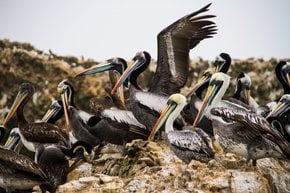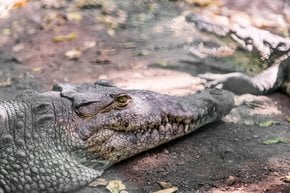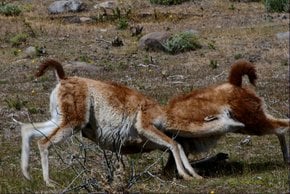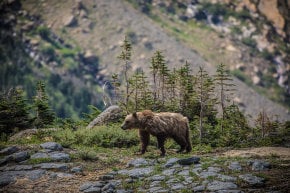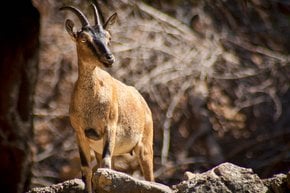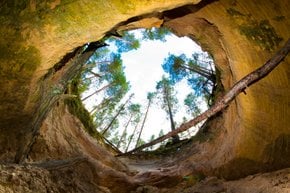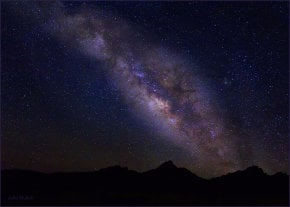Alligators in Texas 2026
Don't miss a chance to see these beautiful and ancient huge reptiles
Best time: April–June | September–November
If you've come to Texas to see some alligators, you won't be disappointed. The best time to observe these beautiful reptiles is spring and fall. Alligators like the same weather as people do, thus summers are too hot for them and winters are too cold. They normally eat fish, turtles, frogs, crayfish, birds, and mammals such as raccoons, opossums, armadillos, rabbits, and even sometimes deer. Alligators tend to eat anything they can find near the water that looks and smells like food. But during winter, they can eat nothing at all. On cold days, they usually hide in underground or underwater dens, where they stay until it gets warm again. Alligators can mostly be found in the territory of south-east Texas. Some of the best places to see alligators are Brazos Bend State Park, Bay Area Park, Buffalo Bayou, Lake Huston, Caddo Lake, and the Aransas National Wildlife Refuge. 500 hectares of water in the Brazos Bend State Park is home for about 250 alligators. The biggest lakes, like Elm and 40-Acre Lake, are the best viewing spots. Buffalo Bayou gives lots of opportunities for canoeing, kayaking, boat touring, and alligator watching. Lake Houston is also a home to a great number of wild alligators.











